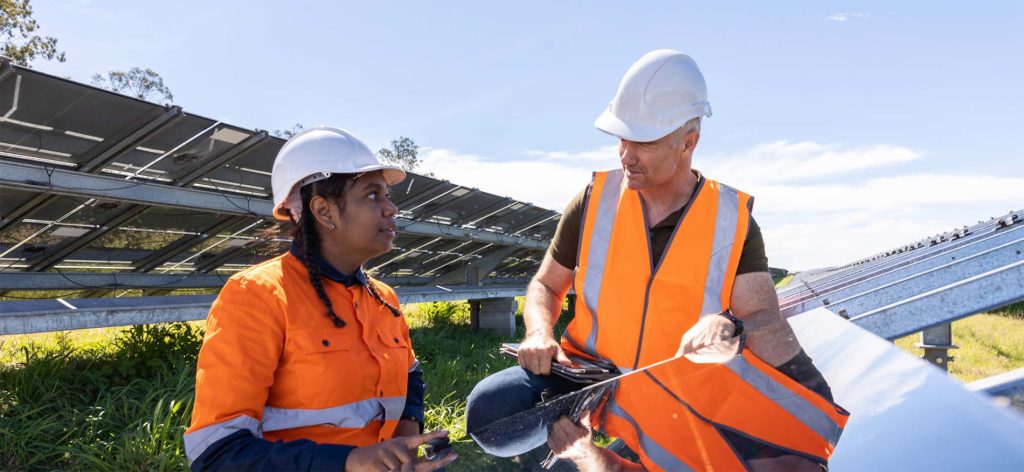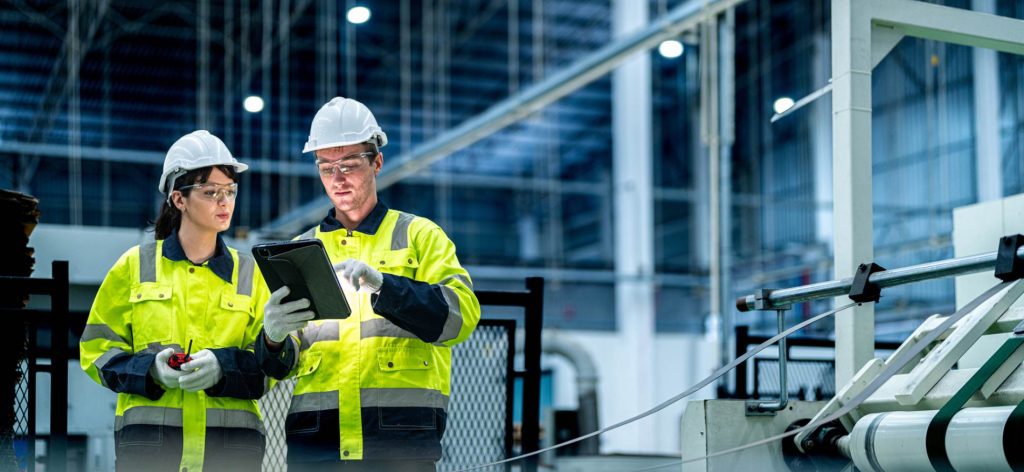Resurgence of Local Manufacturing in Australia: Growth Trends & Talent Strategies
In recent years, Australia has witnessed a significant resurgence in local manufacturing, marking a pivotal shift in the country’s industrial landscape. This revival is not just a return to traditional practices but a strategic repositioning driven by innovation, sustainability, and a renewed focus on domestic capabilities. Let’s explore this trend and its benefits for Australia’s…
In recent years, Australia has witnessed a significant resurgence in local manufacturing, marking a pivotal shift in the country’s industrial landscape. This revival is not just a return to traditional practices but a strategic repositioning driven by innovation, sustainability, and a renewed focus on domestic capabilities. Let’s explore this trend and its benefits for Australia’s economic future.
The Changing Manufacturing Landscape
For decades, Australia’s manufacturing sector faced challenges such as offshoring, global competition, and supply chain vulnerabilities. However, recent shifts in consumer preferences, coupled with geopolitical uncertainties and disruptions in global trade, have prompted a reevaluation of manufacturing strategies.
Factors Fueling the Resurgence
Several key factors are driving the resurgence of local manufacturing:
- Supply Chain Resilience: The COVID-19 pandemic exposed vulnerabilities in global supply chains, prompting businesses and policymakers to prioritise resilience and localisation.
- Advanced Technologies: Automation, robotics, and digitalisation have enabled higher productivity and cost competitiveness, making local manufacturing more feasible.
- Rising Consumer Demand: Consumers are increasingly valuing locally made products for their quality, sustainability, and shorter supply chains.
- Government Support: Initiatives such as grants, incentives, and policies supporting advanced manufacturing and innovation are bolstering the sector.
Benefits of Local Manufacturing
The revival of local manufacturing offers numerous advantages:
- Job Creation: Local manufacturing stimulates employment opportunities, particularly in regional areas, supporting economic growth and social stability.
Supply Chain Security: By reducing reliance on overseas suppliers, local manufacturing enhances supply chain resilience and mitigates risks associated with global disruptions. - Innovation and Skills Development: Proximity to production fosters innovation and facilitates knowledge transfer, driving skills development and fostering a culture of continuous improvement.
- Environmental Sustainability: Local manufacturing can lead to reduced carbon emissions due to shorter transportation distances and adherence to stringent environmental standards.
Opportunities for Growth
As Australia embraces this manufacturing resurgence, several sectors are poised for growth:
- Advanced Manufacturing: Industries leveraging technologies like additive manufacturing, AI, and IoT are at the forefront of innovation.
- Renewable Energy: Manufacturing components for renewable energy technologies (such as solar panels and wind turbines) presents a significant opportunity.
- Food and Beverage: The demand for locally sourced and value-added food products continues to rise, creating opportunities for food manufacturing.
Challenges and the Road Ahead
Despite the promising outlook, challenges remain, including:
- Skills Shortages: Meeting the demand for skilled workers in advanced manufacturing technologies.
- Cost Competitiveness: Achieving cost competitiveness relative to overseas markets.
- Regulatory Environment: Navigating regulatory complexities and ensuring compliance.
Attracting and Retaining Manufacturing Talent in the Resurgent Australian Landscape
As Australia’s local manufacturing sector experiences a renaissance, the competition for skilled talent intensifies. To thrive, businesses must not only attract but also retain top professionals who are essential for driving innovation and growth.
Attracting Talent
- Showcase Career Advancement Opportunities: Highlight clear pathways for career progression and skill development within your organisation. Emphasise opportunities to work with cutting-edge technologies and contribute to impactful projects.
- Offer Competitive Compensation Packages: Research industry benchmarks to ensure your salary and benefits packages are competitive. Consider additional incentives such as performance bonuses or profit-sharing programs.
- Build a Strong Employer Brand: Develop a compelling employer brand that resonates with potential candidates. Showcase your company’s values, commitment to innovation, and positive workplace culture through online platforms, testimonials, and industry events.
- Engage with Local Communities and Educational Institutions: Foster relationships with local communities, schools, and universities to identify and engage with emerging talent. Offer internships, apprenticeships, or co-op programs to nurture future professionals.
- Emphasise Sustainability and Social Impact: Millennials and Gen Z workers are increasingly drawn to companies that prioritise sustainability and social responsibility. Highlight your company’s efforts in these areas to attract purpose-driven talent.
Retaining Talent
- Invest in Continuous Learning and Development: Provide ongoing training opportunities to help employees stay ahead in their careers. Encourage participation in industry conferences, workshops, and certification programs.
- Offer Work-Life Balance Initiatives: Support work-life balance through flexible scheduling, remote work options, and wellness programs. Prioritise employee health and well-being to foster a positive and productive work environment.
- Promote a Culture of Innovation and Collaboration: Create a culture that encourages innovation, creativity, and cross-functional collaboration. Empower employees to contribute ideas and solutions that drive business success.
- Recognise and Reward Achievements: Implement a robust recognition program to acknowledge employees’ contributions and milestones. Celebrate successes as a team and publicly commend outstanding performance.
- Provide Clear Paths for Advancement: Define clear career pathways and promotion opportunities based on merit and skills development. Offer mentorship programs and leadership training to groom future leaders within the organisation.
By prioritising talent attraction and retention strategies tailored to the unique demands of the resurgent Australian manufacturing landscape, businesses can build a skilled and motivated workforce that drives innovation, productivity, and sustainable growth.
For more insights on talent attraction and retention strategies, contact us today. Let’s collaborate to build a strong and resilient workforce for the future of Australian manufacturing!







